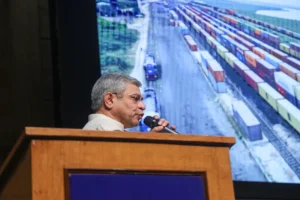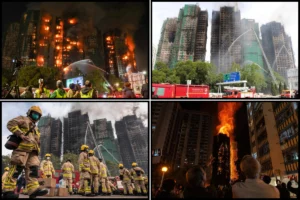
Prime Minister Narendra Modi
Prime Minister Narendra Modi, speaking from the Red Fort, assured the nation that its borders are now more secure than ever before. He underscored the ongoing efforts to ensure the readiness of the armed forces through continuous reforms.
He further emphasised on the significance of these reforms, their implications for the armed forces, and the broader goals of empowerment.
“The armed forces should be empowered. They should be young and remain battle-ready. Continuous reforms are underway for achieving those goals,” he added.
This commitment to ongoing improvement reflects the nation’s focus on ensuring the armed forces remain equipped to tackle a wide array of future scenarios.
Theaterisation: A Key Reformation
Of note is the renewed push for theaterisation, a significant military reform aimed at optimizing the utilization of military resources for future warfare.
This initiative seeks to enhance strategic coordination and resource allocation, ensuring optimal responsiveness and effectiveness in the face of evolving challenges.
The push for theaterisation aligns with the broader objective of empowering the armed forces and equipping them to handle a dynamic security landscape.
Agnipath: Revamping Recruitment for Enhanced Preparedness
As part of the reform agenda, the armed forces introduced the Agnipath recruitment model last year.
This innovative approach focuses on the short-term induction of soldiers, effectively replacing the legacy recruitment system.
The Agnipath model’s key objectives include lowering the age profile of the armed services, fostering a physically fit military, and cultivating a technologically adept war-fighting force.
This recruitment evolution directly contributes to the military’s enhanced preparedness for the future.
Unifying Leadership Role
PM Modi’s leadership brought about significant changes in the organizational structure of the armed forces.
In 2019, he announced the creation of the post of Chief of Defence Staff (CDS) to facilitate better coordination among the services.
The introduction of the CDS position addresses the longstanding need for integrated leadership, setting the stage for better collaboration and a more synchronized response to future challenges.
Legislative Backing: Facilitating Integration
Recent legislative developments have provided a significant boost to the ongoing reforms.
The monsoon session of Parliament witnessed the passage of a bill enabling the government to establish inter-services organizations, including joint services commands.
It addresses limitations within the existing legal framework, which hindered cross-service disciplinary actions.
Under the new provisions, commanders-in-chief, officers-in-command, and other officers heading tri-services organizations gain the authority to take disciplinary and administrative actions against personnel from any of the three services.
This evolution has a direct impact on improving command, control, and overall discipline within the armed forces.
A Vision for a Strengthened Future
PM Modi’s focus on bolstering the armed force’s readiness reflects the commitment to safeguarding the nation’s security and fostering an environment conducive to development.
The ongoing reforms, including theaterisation, recruitment innovation, and legislative support, lay the foundation for a future-ready military.
These efforts collectively contribute to India’s preparedness and resilience, ensuring the safeguarding of national security interests in the years to come.
To read more such news, download Bharat Express news apps


















